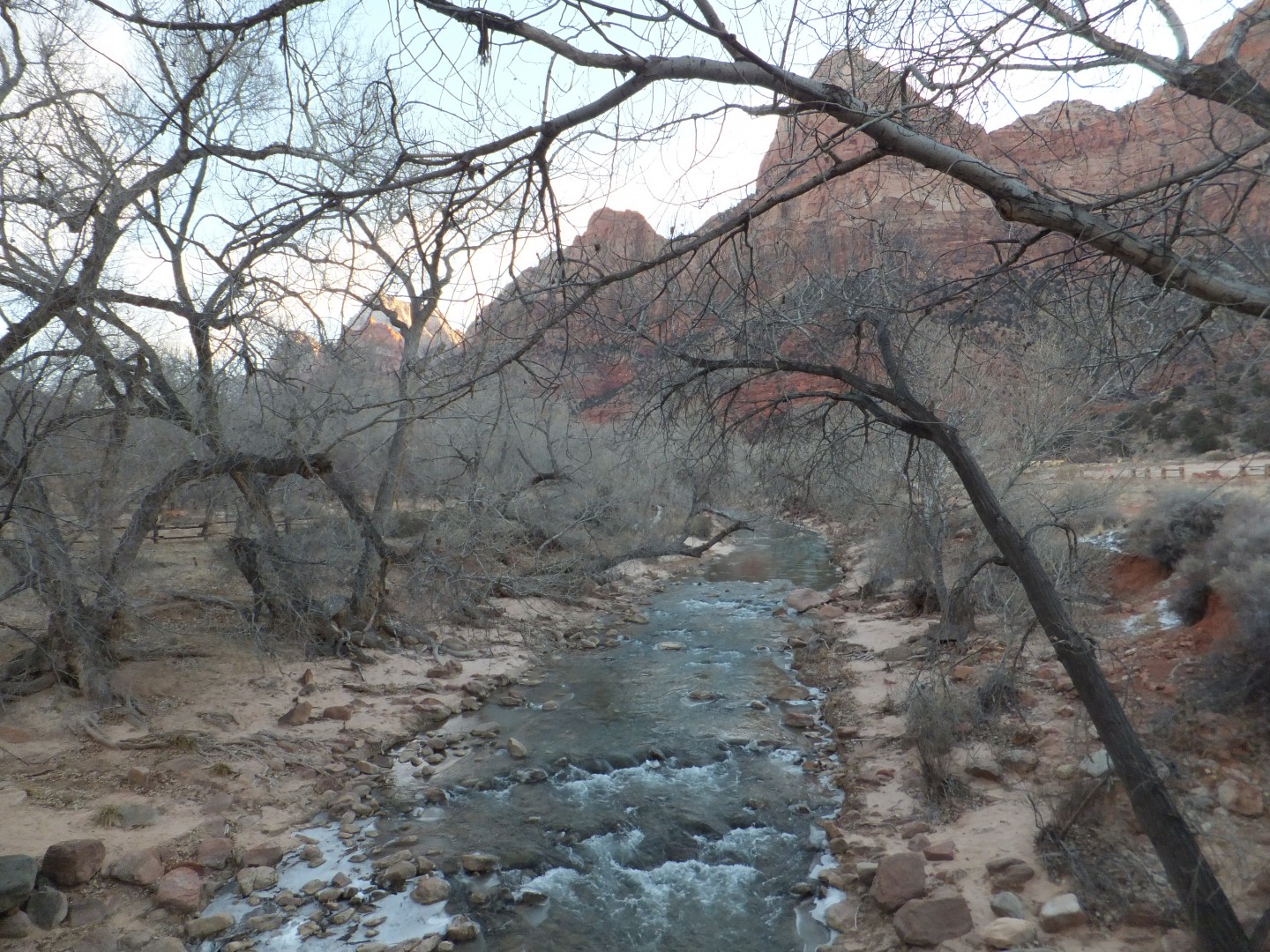ST. GEORGE — Two years following its original detection, the presence of toxic algal blooms in the northern part of the Virgin River and connecting water bodies continues to linger.

Earlier this month the National Park Service reported that staff at Zion National Park continued to find evidence of the presence of toxic cyanobacteria in the North Fork of the Virgin River. The bacteria, which is produced by the algal blooms, has also continued to be detected in North Creek, and may also still persist in LaVerkin Creek.
The latest signs of the bacteria have resulted in the Utah Department of Environmental Quality issuing a warning advisory for the North Fork of the Virgin River (including The Narrows) and North Creek. A health warning is also in effect for LaVerkin Creek.
A warning advisory means the toxic bacteria has been detected, while a health warning indicates the bacteria may be present but has yet to be confirmed.
“During Warning and Health Watch advisories, recreators should avoid primary contact recreation such as swimming or submerging the head,” the park service states. “Do not drink stream water anywhere in the park. Carry in water or filter directly from a spring source.”

Colonies of cyanobacteria can be yellow, tan, green, brown or black in color. Toxins detected in Zion include anatoxin-a, nodularin, microcystin and cylindrospermopsin, according to the park service warning.
The toxic bacteria can be harmful to humans with children being especially vulnerable. It also is particularly deadly for dogs. And it was the death of a puppy two years ago at Zion National Park that alerted authorities to the presence of the toxic algal blooms.
The latest report doesn’t show the toxic bacteria reaching beyond the river in Zion National Park. However, as a precaution, the towns of Springdale and Rockville have not been drawing water from the river for drinking as they otherwise would, according to the Utah Department of Environmental Quality.
Following the initial news of the bacteria’s presence in the North Fork of the Virgin River two years ago, the Washington County Water Conservancy District said the drinking-quality water it supplies is safe. If toxic algal blooms happened to contaminate the Sand Hollow or Quail Creek reservoirs where the water district stores the water and draws it from, district officials said the treatment plant will be able to filter out any toxins.

The park service further provided the following tips on avoiding the bacteria:
- Do not swim or put your head under the water anywhere in Zion National Park.
- Keep dogs on a leash in and out of the water. Dogs are vulnerable to cyanotoxin exposure because they may bite or accidentally eat/drink material from potentially toxic algal mats.
- Do not drink any water from streams or rivers in Zion National Park. There is no known recreational water filtration method that is effective at removing cyanotoxins. If you must filter water for drinking while in the wilderness, filter and disinfect it directly from a spring.
Symptoms of possible cyanotoxin poisoning can include but are not limited to: skin rash, salivation, drowsiness, tingling, burning, numbness, pain, incoherent speech, seizures, vomiting and diarrhea.
Contact the Utah Poison Control Center at 1-800-222-1222 with concerns about cyanotoxin poisoning and call 911 in the event of a medical emergency.
Some permitted activities in Zion National Park, such as technical canyoneering, are allowed. Permits are still required. Check with the Wilderness Office at [email protected] or 435-772-0170 for more information.
Copyright St. George News, SaintGeorgeUtah.com LLC, 2022, all rights reserved.